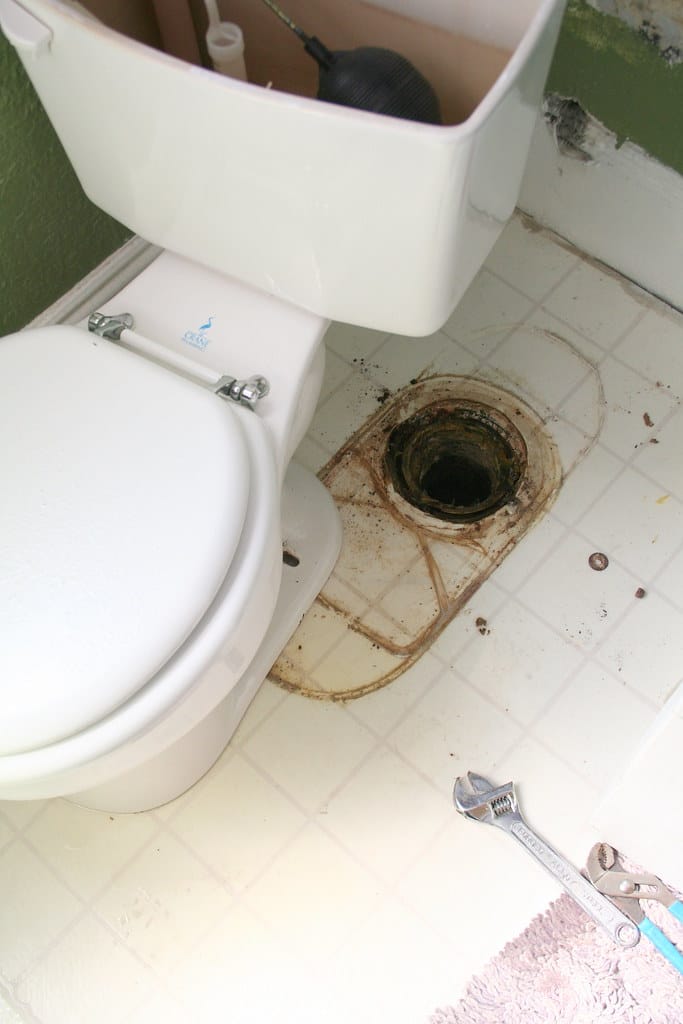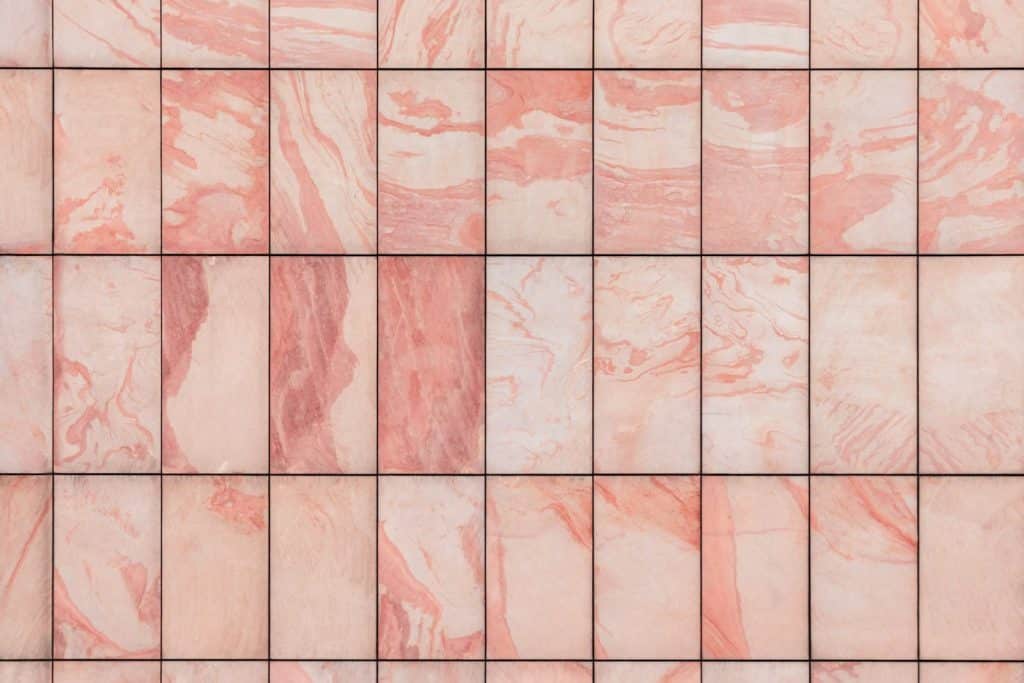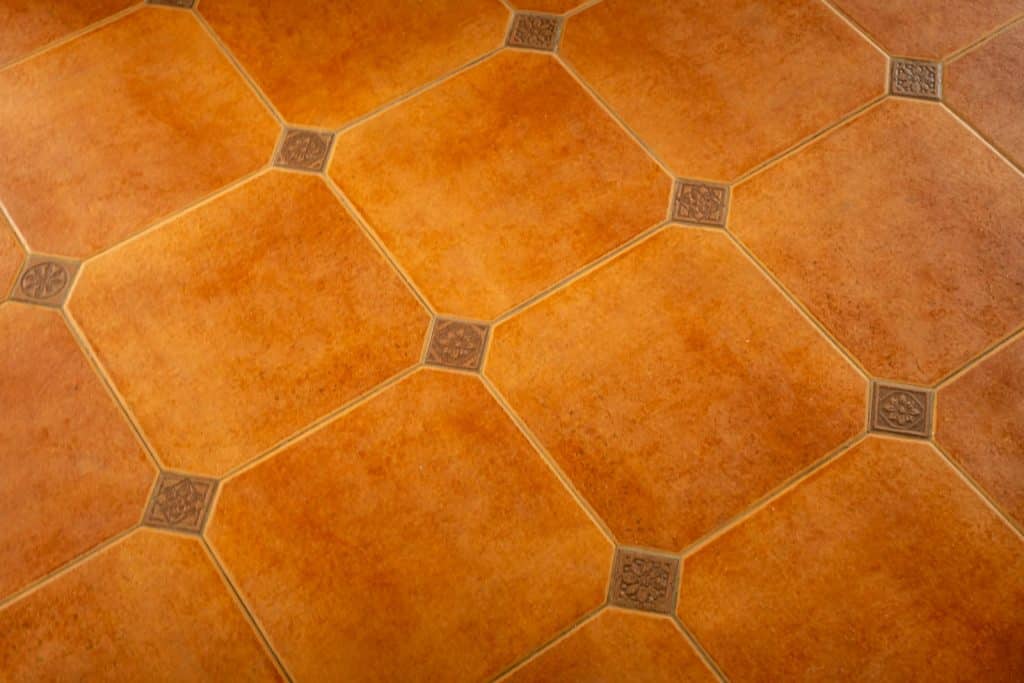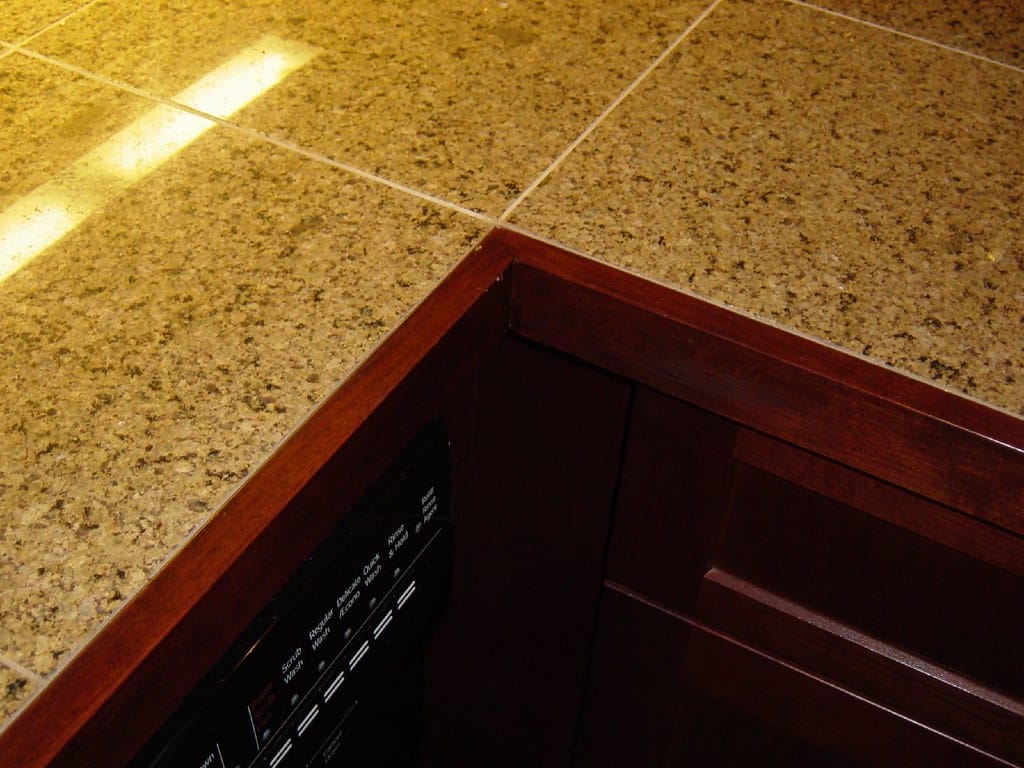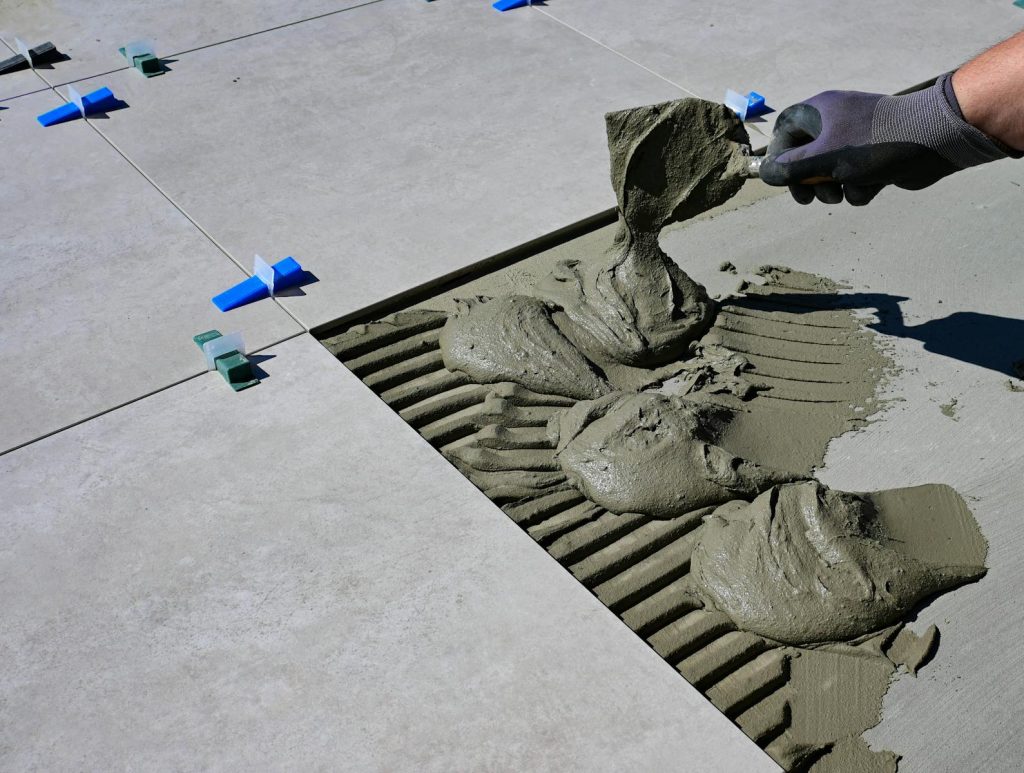Toilet Clogs are caused often due to improper use, causing frustrating disruptions. Items like wet wipes, thick paper towels, fabric scraps, and hard objects are common culprits. Beyond inconvenience, such clogs highlight the importance of mindful waste disposal habits. Below, we explore how clogs occur, practical solutions, and essential tools to keep your toilet functioning smoothly.
Common Causes of Toilet Clogs
Toilet clogs typically result from:
- Hard Objects Flushed Accidentally
Keys, toys, or small household items dropped into the toilet often lodge in the drainpipe. Flushing afterward pushes them deeper, creating stubborn blockages. - Non-Flushable Materials
Despite labels, many still flush wet wipes, cotton pads, or fabric scraps (e.g., towel fringes or rug fibers). These materials resist breaking down in water, accumulating into clogs. - Overloading with Toilet Paper
Excessive toilet paper, especially thick or multi-ply varieties, can overwhelm narrow pipes. - Foreign Objects in the Trapway
Small, dense items like coins, screws, or bottle caps may slip into the toilet bowl and jam the trapway—the curved channel beneath the bowl. - Mineral Buildup
Hard water deposits can gradually narrow pipes, reducing flow efficiency and increasing clog risks. - Structural Issues
Older toilets with narrower pipes or improper installation are more prone to frequent blockages.
How to Unclog a Toilet: Step-by-Step Solutions
1. Manual Removal (Safety First!)
If the clog is visible near the bowl’s surface:
- Protect your arm with a thick plastic bag or elbow-length rubber gloves.
- Reach into the drain to extract the obstructing object.
- Flush cautiously afterward to test drainage.
Tip: If uncomfortable with this method, use a bent wire hanger or plumbing snake to hook the item.
2. Plunger Power
A plunger creates pressure to dislodge clogs:
- Ensure a tight seal over the drain hole.
- Push down firmly, then pull up vigorously. Repeat 10–15 times.
- Flush to check progress.
3. Chemical Drain Cleaners
Enzymatic or chemical cleaners dissolve organic matter (e.g., hair, grease):
- Pour recommended dosage into the bowl.
- Wait 15–30 minutes, then flush.
- Avoid mixing chemicals or overuse, which can damage pipes.
4. Auger (Plumbing Snake)
For deep or stubborn clogs:
- Insert the auger’s head into the drain.
- Crank the handle to extend the cable and break up the blockage.
5. Hot Water and Dish Soap
A non-toxic alternative:
- Add 3–4 cups of hot (not boiling) water and a squirt of dish soap.
- Let sit for 15 minutes to loosen debris.
- Follow with plunging if needed.
Preventive Measures
- Install a Drain Strainer to catch hair and debris.
- Educate Household Members: Only flush toilet paper and human waste.
- Regular Maintenance: Monthly baking soda and vinegar flushes prevent buildup.
When to Call a Professional
If DIY methods fail, a professional plumber can:
- Inspect pipes with a camera for hidden obstructions.
- Use industrial-grade equipment (e.g., hydro-jetters).
- Repair damaged pipes or replace outdated toilets.
By combining smart habits with the right tools, you can minimize toilet troubles and maintain a hassle-free home.

